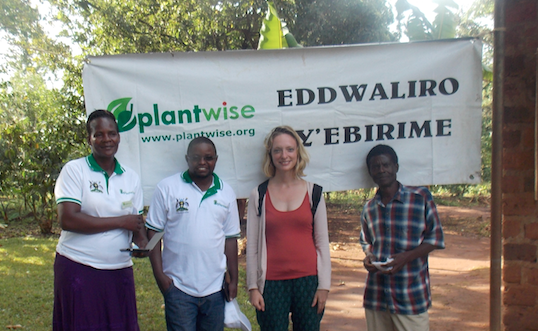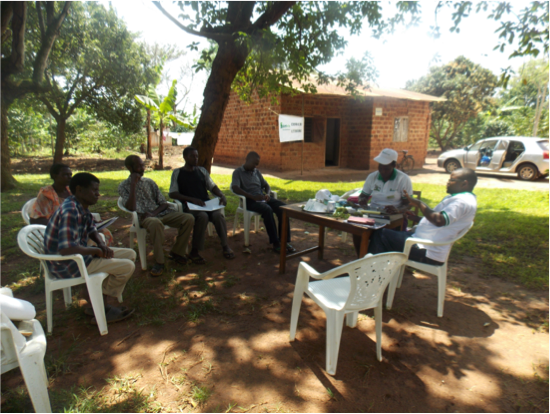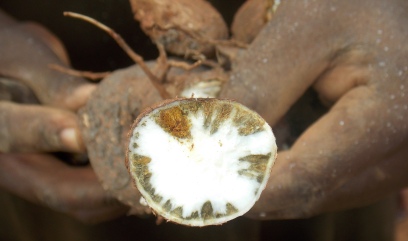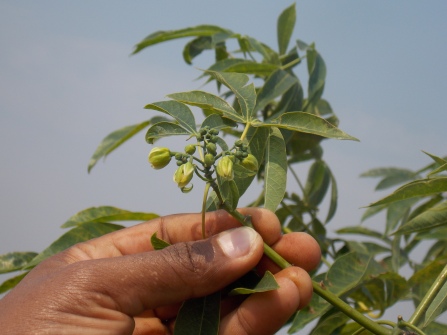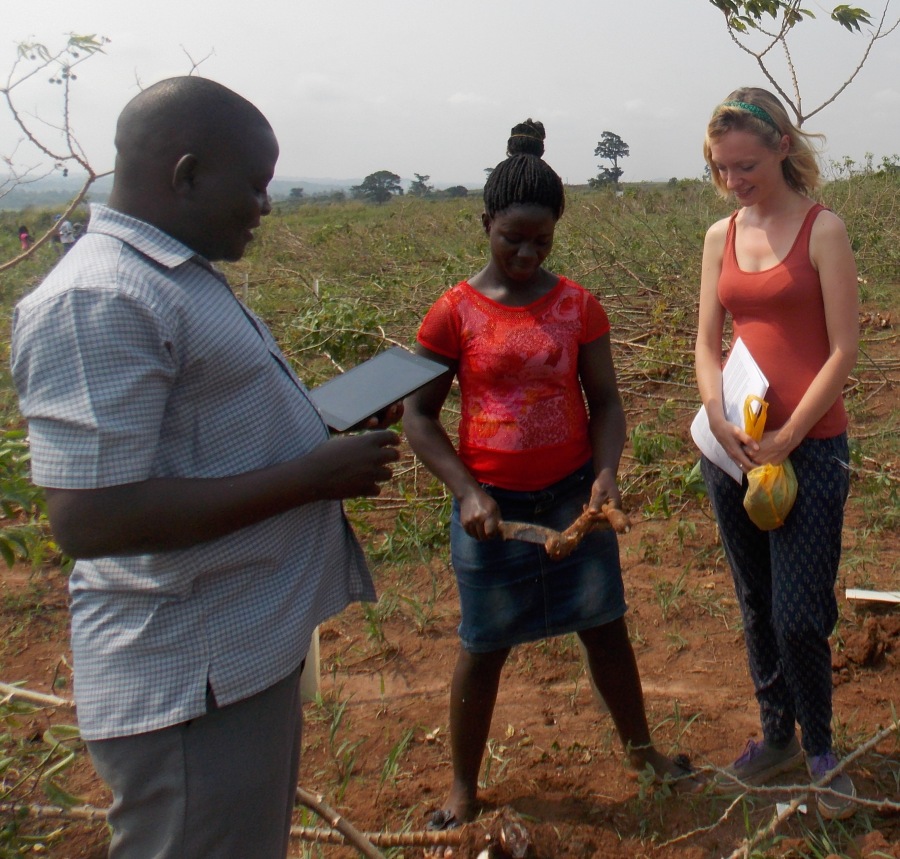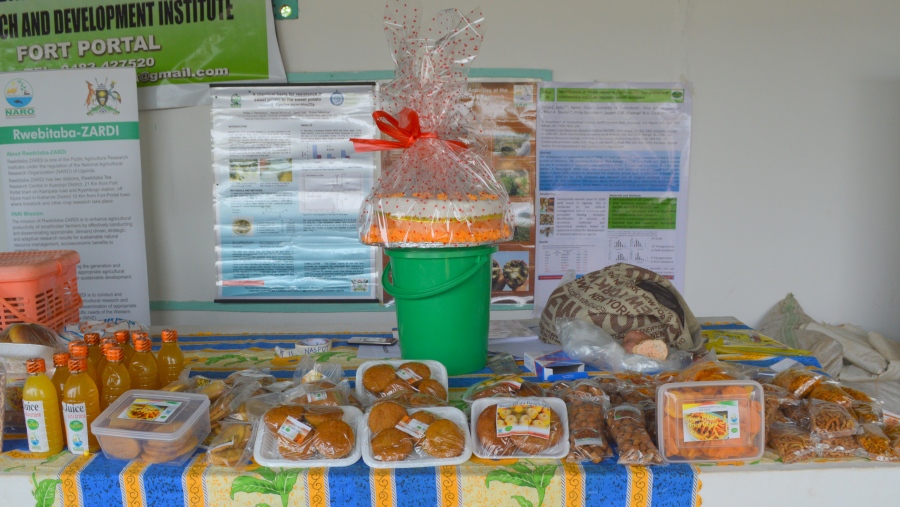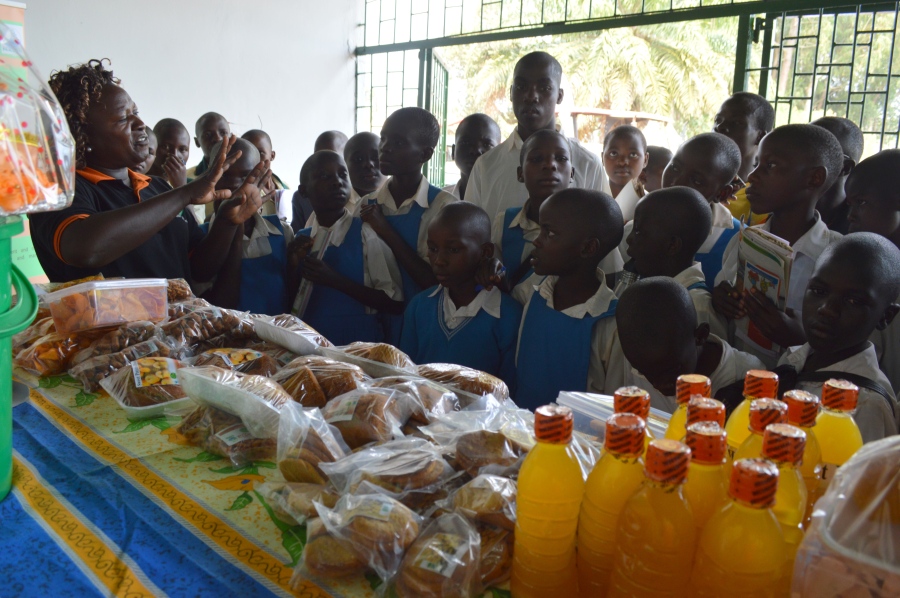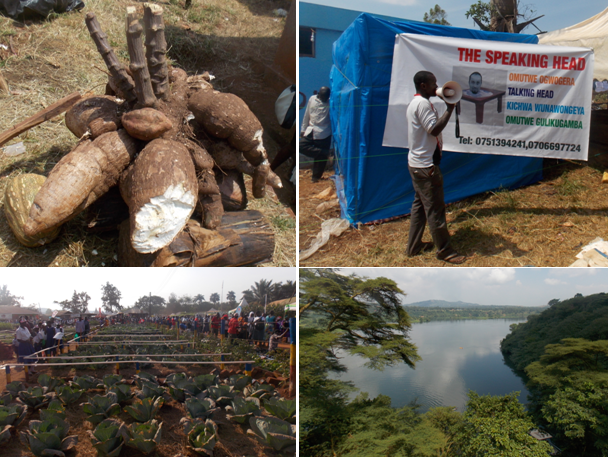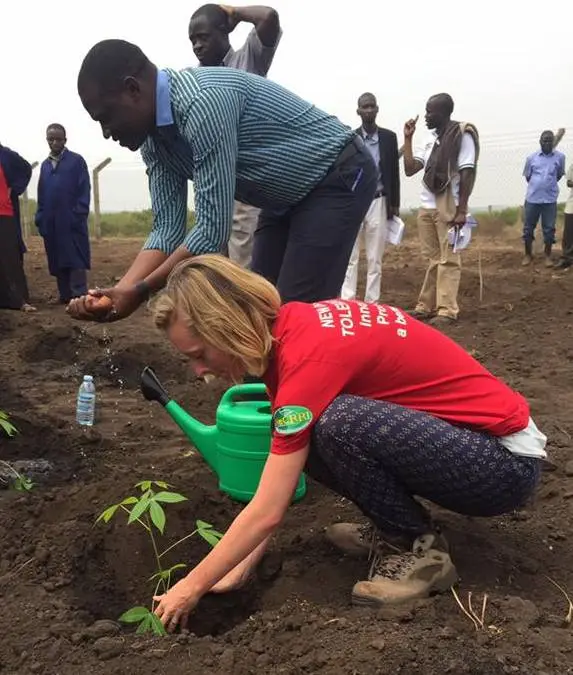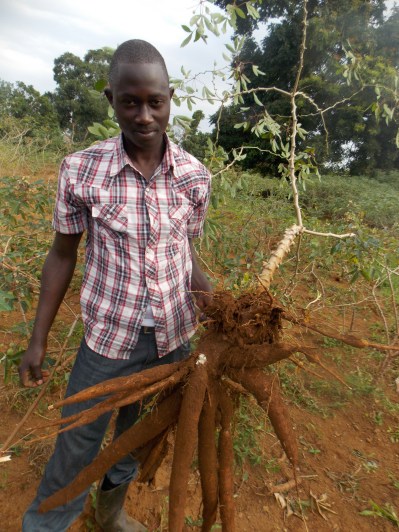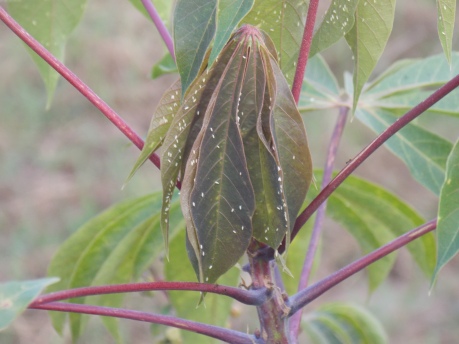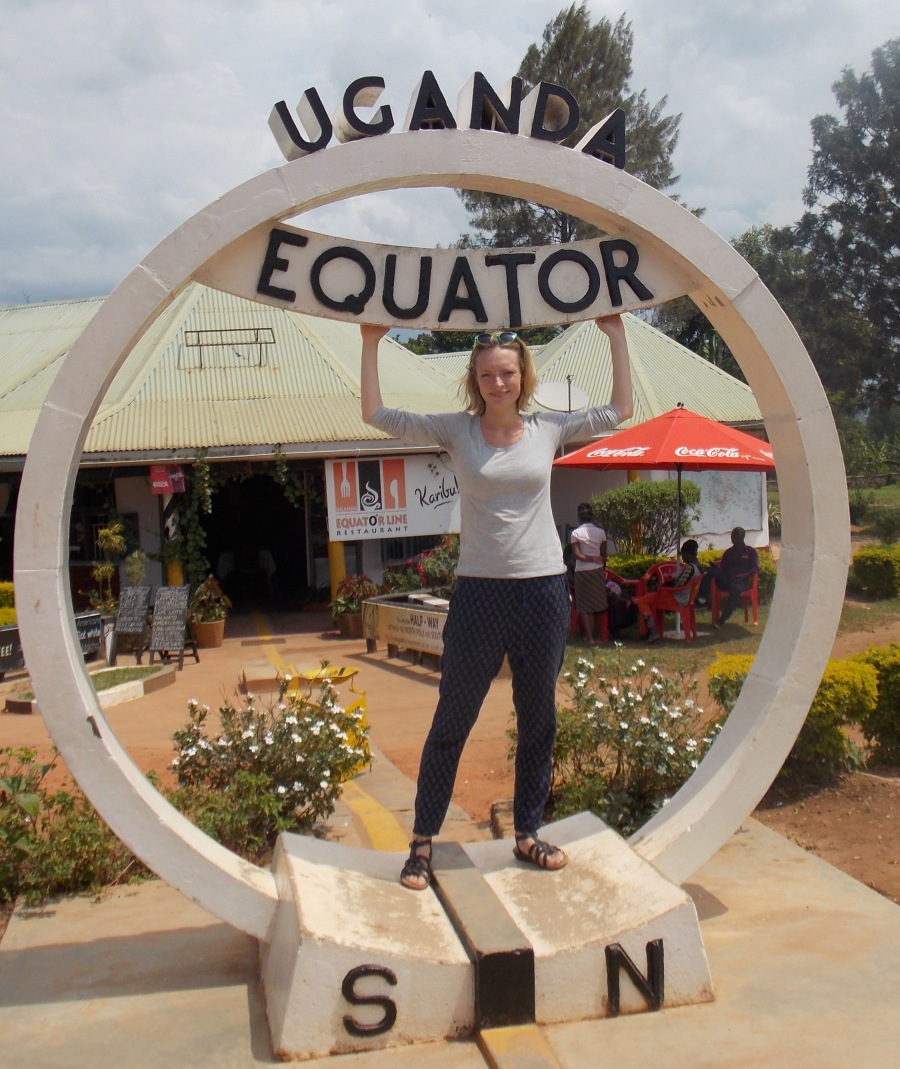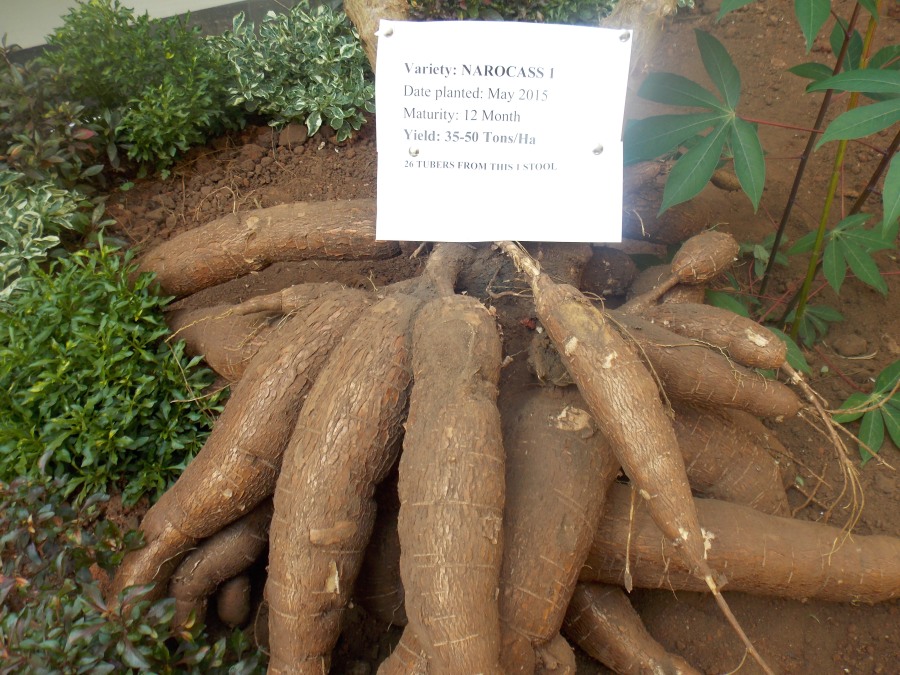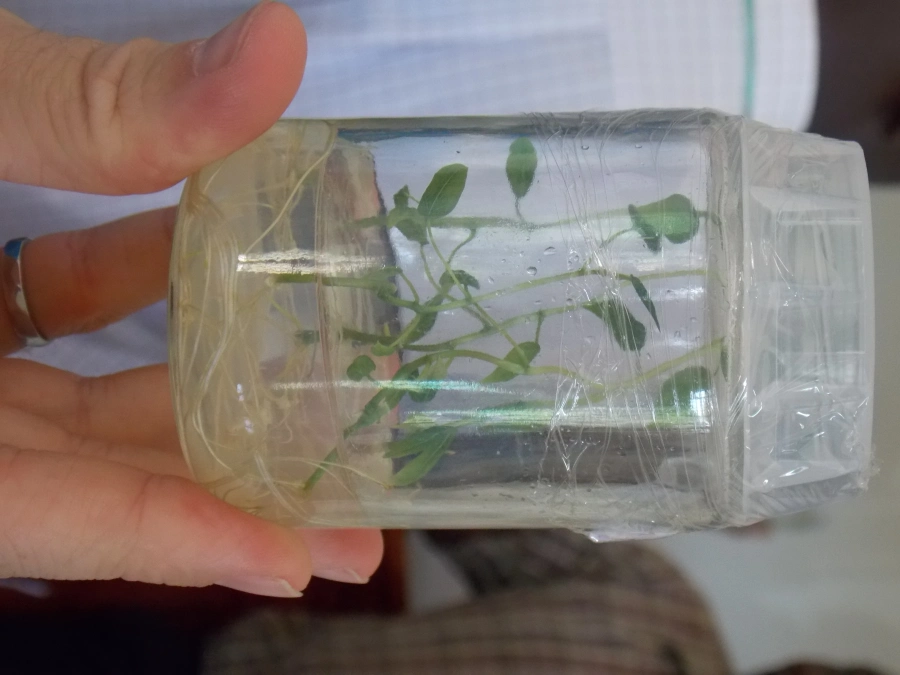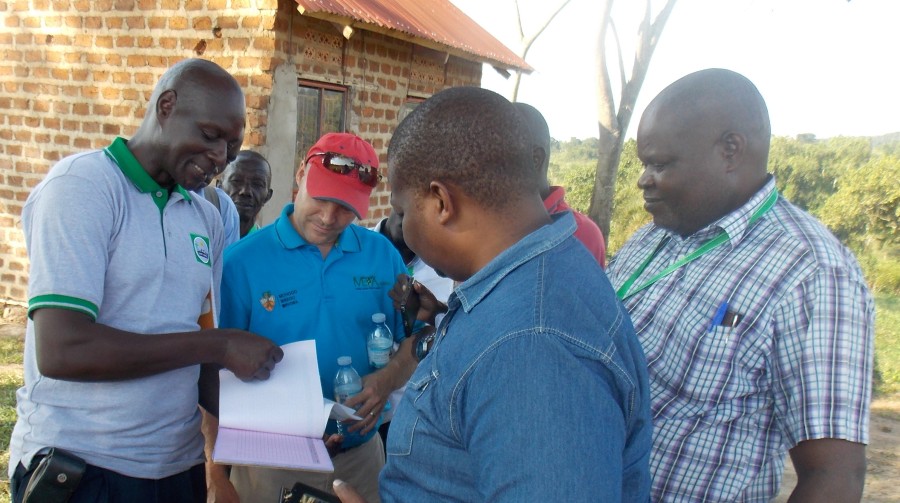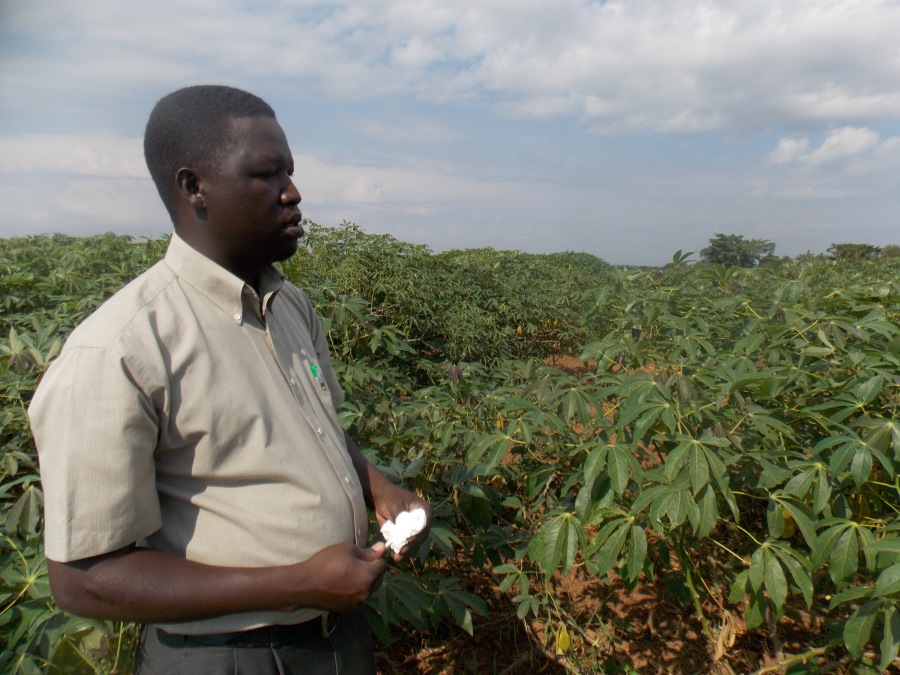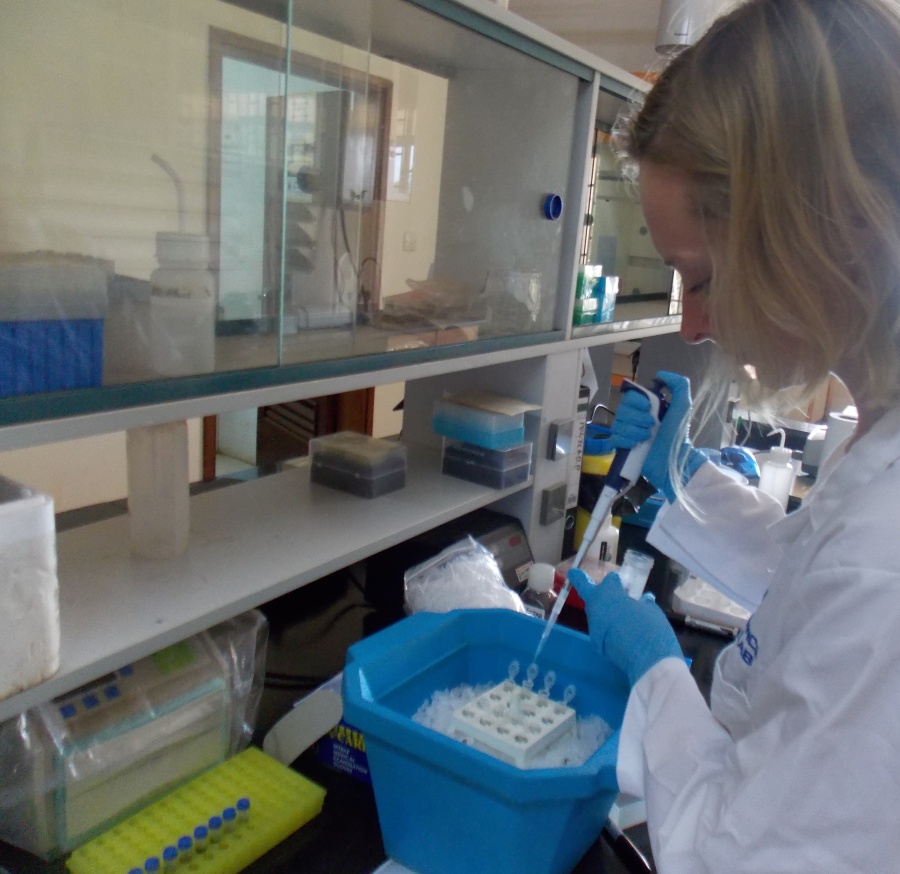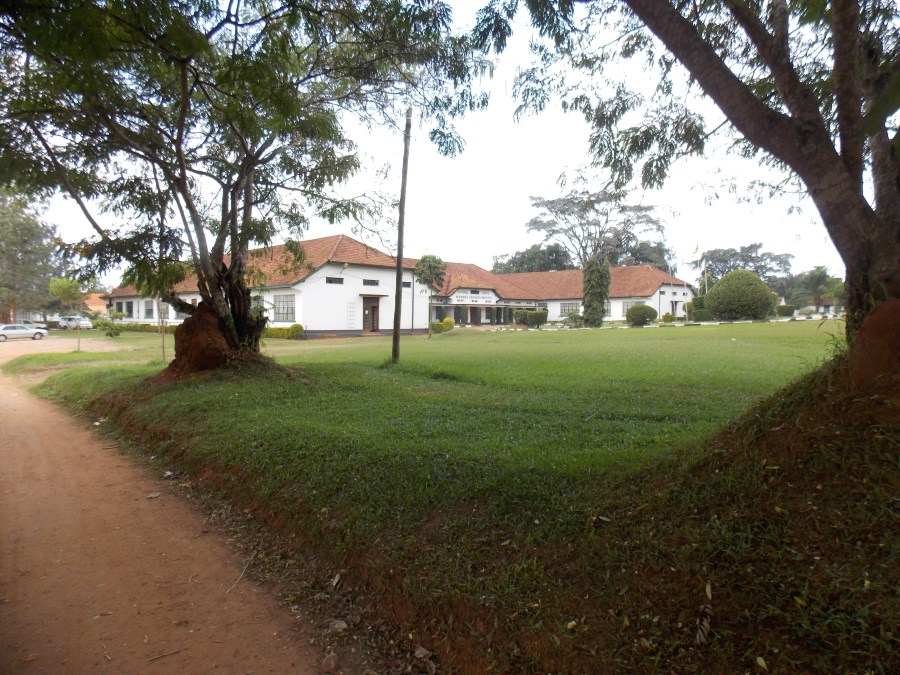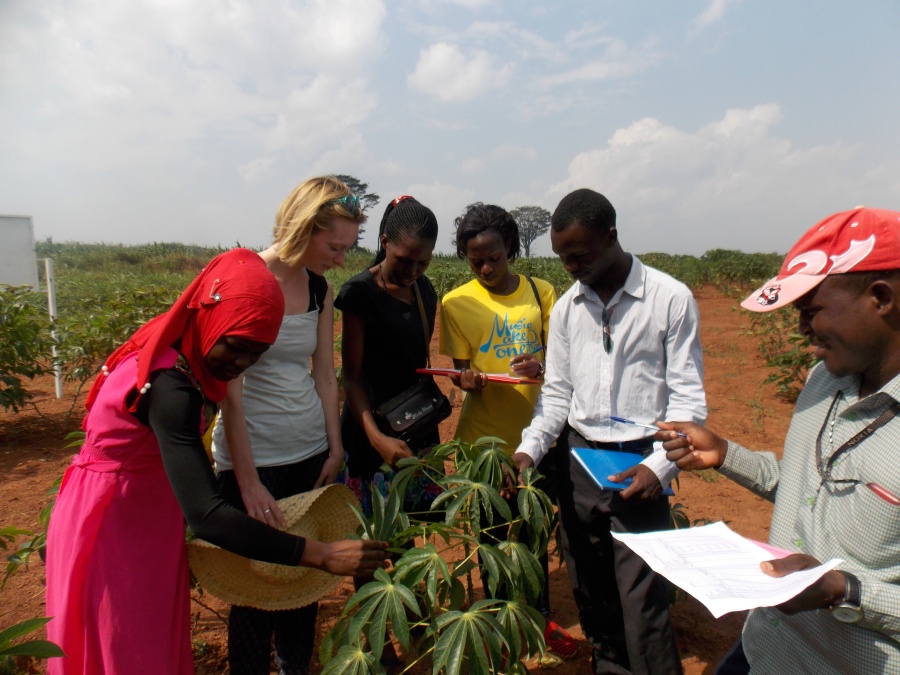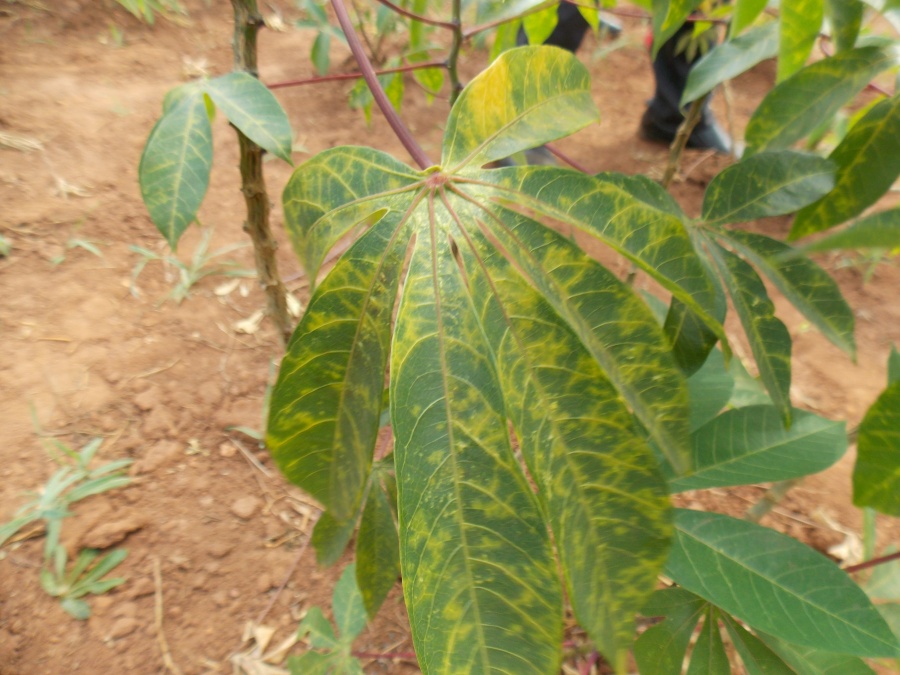Last week I said goodbye to the National Crops Resources Research Institute (NaCRRI) where I have spent the last three months learning about Cassava brown streak disease (CBSD). I’m currently in the second year of my PhD at the University of Bristol, where I’m researching how CBSD viruses cause symptoms, replicate and move inside plants.
Cassava is a staple food crop for approximately 300 million in Africa. However cassava production is seriously threatened by CBSD, which causes yellow patches (chlorosis) to form on leaves and areas of tubers to die (necrosis), rot and become inedible. CBSD outbreaks are currently impacting on the food security of millions of cassava farmers in east Africa and it appears to be spreading westward, threatening food security in many countries.
I decided that I wanted to experience the problem for myself, see the disease in the field, meet the farmers affected and understand the different solutions. I am so pleased that I decided to visit NaCRRI; a government institute, which carries out research to protect and improve production of key crops, including cassava. The focus is on involving farmers in this process so that the best possible varieties and practices are available to them. Communication between researchers and farmers is therefore vital, and it was this that I wanted to assist with.
When I arrived I was welcomed so warmly, and was immediately part of the team. The root crop team leader Dr. Titus Alicai came up with a whole series of activities to give me a real insight into CBSD. I was invited to the field sites across Uganda, where I got to see CBSD symptoms in the flesh! I assisted with the 5CP project, which is screening different cassava varieties from five East and Southern African countries for CBSD and Cassava mosaic disease (CMD) resistance across different agro-ecological zones. I helped to score plants for CBSD symptoms. The researchers thought I was bit strange, getting very excited and taking lots of photos.
Main insight: complex and dynamic CBSD situation
The main insight I’ve gained is that the situation is both complex and dynamic. Different cassava varieties respond differently to CBSD infection, some plants show strong symptoms on the leaves and nothing in tubers, and other varieties show the opposite. Symptoms also depend on environmental conditions, which are unpredictable.
The whiteflies which carry viruses are also complex, and are expanding into new areas and responding to changing environmental conditions. There are also different viral strains found across different areas, and viral populations are also continually adapting.
Learning about solutions
It has been fascinating to learn how NaCRRI is tackling the CBSD problem through screening different varieties in the 5CP project, breeding new varieties in the NEXTGEN project, providing clean planting material and developing GM cassava.
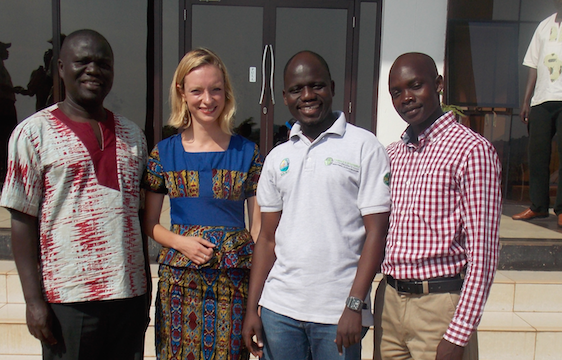 |
| Saying goodbye to new friends: Dr. Titus Alicai (NaCRRI root crops team leader), Phillip Abidrabo (CBSD MSc student) and Dr. Esuma Williams (cassava breeder) |
And there’s the human element…
In each of these projects, communication with local farmers is crucial. I’ve had the opportunity to meet farmers directly affected, some of whom have all but given up on growing cassava. I’ve learnt a lot about how NaCRRI is constantly engaging farmers and involving them in solutions to the CBSD problem.
Challenges
Communicating has not been easy for me, as there are over 40 local languages. I’ve really had to be adaptable and learn from those around me. For example, in the UK we like to email the person sat next to us, whereas in Uganda you really have to talk to people to hear about what’s going on. This is all part of the experience and something I’m hoping to bring back to the UK!
I’ve had some funny moments too, during harvesting the Ugandans couldn’t believe how weak I was. I couldn’t even cut one cassava open!
Real world reflections
I’m going to treasure my experiences at NaCRRI. The insights into CBSD are already helping me to plan experiments, with more real-world applications. I can now see how all the different elements of the disease (plant-virus-vector-environment-human) join up and interact, something you can’t learn from reading papers alone!
Working with the NaCRRI team has given me the desire and confidence to collaborate with an international team. I’ve formed some very strong connections with people here and hope to have discussions about CBSD with them throughout my PhD and beyond. This will help make our research more relevant to the current situation. Above all, I’ve learnt the importance of getting out of the lab to experience and learn from what is happening in the field.
Thank you!
I would like to thank: Dr. Titus Alicai for welcoming me into the NaCRRI team and providing me with so many valuable experiences; the whole of the NaCRRI team for their generosity; my supervisors: Prof. Gary Foster and Dr. Andy Bailey for supporting my trip and my funders: Biotechnology and Biosciences Research Council, the Cabot Institute (University of Bristol), the British Society for Plant Pathology and the Society for Experimental Biology for supporting my internship.
 |
| Katie Tomlinson |
More from this blog series:
Blog 3: Learning the ropes
Blog 4: Clean cassava to solve brown streak problem?
Blog 5: Taking a trip to the cassava field!
Blog 6: Using GM to fight cassava brown streak disease



